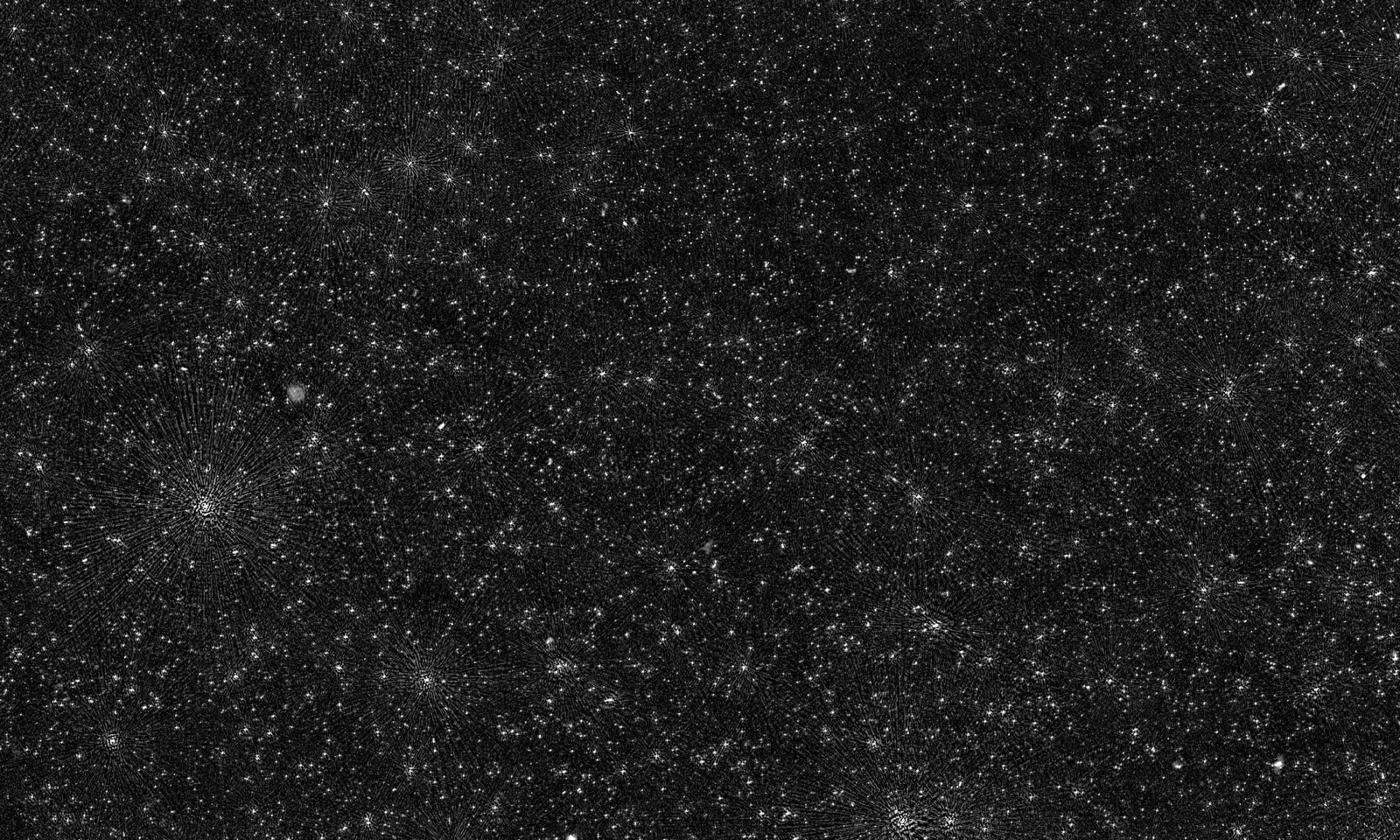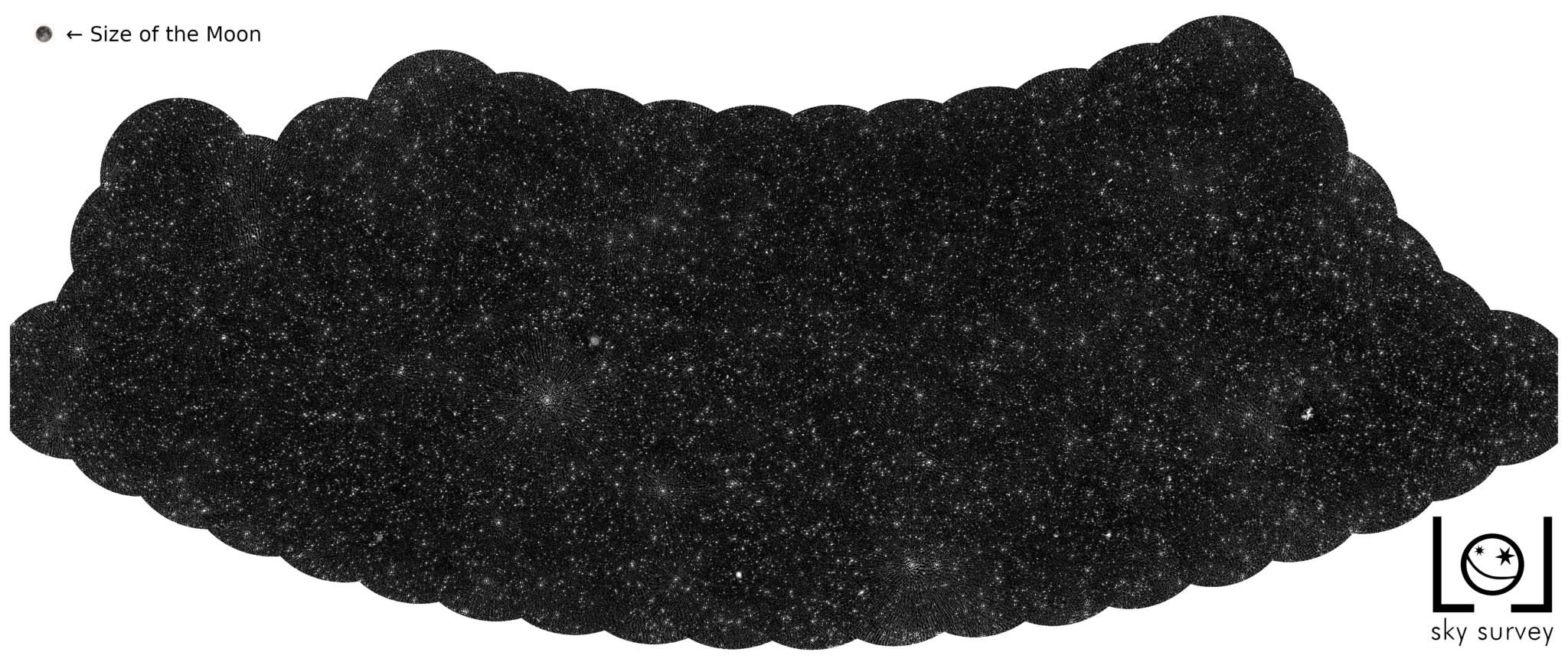The photo below may look like an ordinary image of the night sky. But what you are looking at carefully is not really a scattering of brilliant stars on a dark background. Each of these white dots is an active supermassive black hole. And each of these black holes is absorbing material in the heart of galaxies millions of light-years away.

This image, published in 2021, contains 25,000 such dots. This is the most detailed map of black holes at low radio frequencies today. Years of troublesome work were spent on drawing up the map. The European LOw Frequency ARray (LOFAR) network, consisting of 20 thousand radio antennas located in 52 locations across Europe, helped to form such an image. At the moment, LOFAR is the only network of radio telescopes that is capable of taking deep, high-resolution images at frequencies below 100 megahertz.
The photo covers only 4% of the northern sky. But this photo was only the first in the network’s ambitious plan to get an image of the entire northern sky in the ultra-low frequencies of the LOFAR LBA Sky Survey (LoLSS). Since LOFAR is based on Earth, it needs to overcome a significant obstacle that does not affect space telescopes: the ionosphere. This is especially problematic for ultra-low frequency radio waves that can be reflected back into space. For this reason, at frequencies below 5 megahertz, the ionosphere is opaque.

The frequencies penetrating into the ionosphere may vary depending on atmospheric conditions. To cope with this problem, the team used supercomputers that ran ionospheric interference correction algorithms every four seconds. During the 256 hours that LOFAR looked at the sky, many corrections were made. It was this adjustment that gave us such a clear view of the ultra-low frequency sky.
It is also important to understand that black holes do not emit light. Intense light emits heated material orbiting around them.
Earlier we reported on how black holes were suspected due to connections with dark energy.
The results were published in Astronomy & Astrophysics.
According to ScienceAlert
Follow us on Twitter to get the most interesting space news in time
https://twitter.com/ust_magazine

